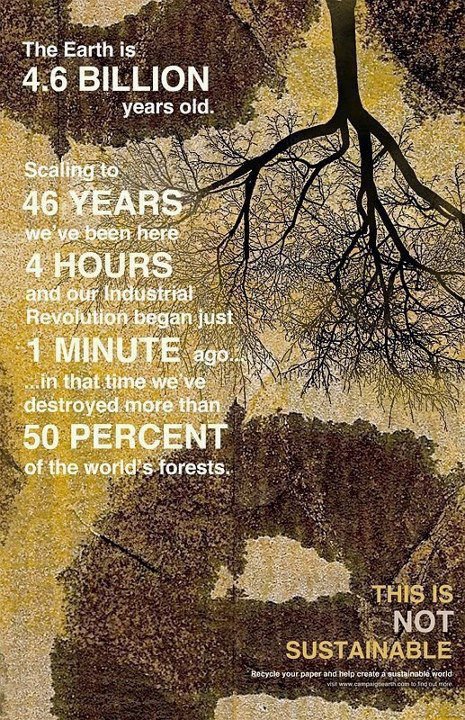The battle against GMO’s rages on wildly as Monsanto plans on selling their genetically modified organisms, predominantly corn, on the fresh food market for the first time, sending environmental activists into a fury.
Generally, Monsanto’s genetically modified corn doesn’t get as far as the shelf in your local grocery store and instead is sold to major corporations and processed to make all sorts of different foods and drinks, as well as being fed to cows instead of proper food, as the genetically modified corn can be produced cheaper than other animal food. GMO’s like corn are used in a multitude of foods like cereal, soda pop, and all sorts of weird stuff that you’d never think corn would have anything to do with. Soybeans are also in the same boat, courtesy of Monsanto. (For more information on GMO’s and Monsanto, be sure to check out Food Inc.)
What’s wrong with normal food? Is corn so terrible that we needed to doctor it to make it better? Last we checked natural corn tasted just fine, so what’s the crack? Now 94% of corn produced is a GMO, and the scariest part about this whole ordeal is that not only are GMO’s going to be sold as “fresh food” despite it’s barely being food, but they won’t even be labelled as GMO products, so there’ll be no telling the difference when shopping in the produce section at your local Wal-Mart – the supposed retailer of these forthcoming GMO products.
In November, Californians will be asked to vote on whether or not GMO products should be labelled in-store or not. The unfortunate part about this is that the “Big Food” campaigners suggesting these goods don’t require labels have managed to contribute up to $25 Million in campaign funding, which is ten times as much as the organic farmers and environmentalists opposing them have raised.
We can only hope that this vote, and the other votes taking place in numerous states to ensure the labeling of GMO’s, work out in the environmentalist and organic farmers’ favour so that these “foods” can be labelled as what they are. This could even be a step in the direction of abolishing the concept and production of genetically modified foods as a result of raised public awareness…but we won’t get our hopes up just yet.
For more environmental and real estate news, be sure to follow us on Twitter and check out the rest of our Blog.
image courtesy of KB35

